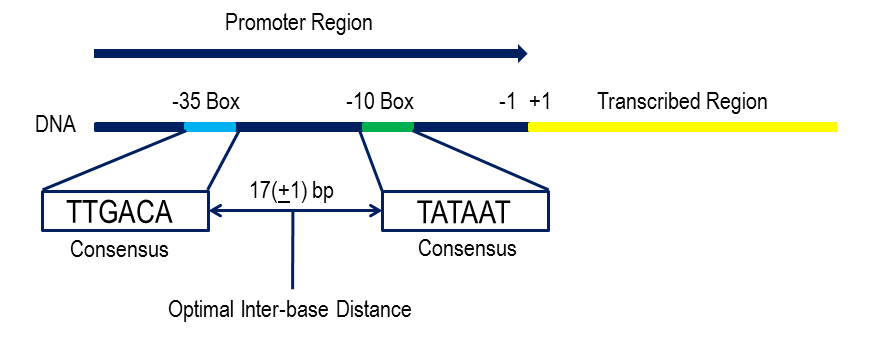
Highest Quality (Raw) uses the raw chromatogram scores. This sums the total quality for each potential base call, and if the total for a base exceeds 60% of the total quality for all bases, then that base is called. When the aligned sequences contain quality information in the form of chromatograms or fastq data, you can select Highest Quality to calculate a majority consensus that takes the relative residue quality into account. Above a threshold of 60%, a D will be called. For example, if the above case instead had 6 A’s, 2 G’s and 2 T’s, then for a consensus threshold of 60% or below, an A will be called. In the case of ties, either all or none of the involved residues will be selected. If the consensus threshold is set to over 90%, then the consensus will be D. If the consensus threshold is set to between 60% and 90%, then the consensus will be R. If the consensus threshold is set to 60% or below, then the consensus will be A. When more than one nucleotide is necessary to reach the desired threshold, this is represented by the best-fit ambiguity symbol in the consensus for protein sequences, this will always be an X.įor example, assume a column contains 6 A’s, 3 G’s and 1 T. IUPAC ambiguity codes (such as R for an A or G nucleotide) are counted as fractional support for each nucleotide in the ambiguity set (A and G, in this case), thus two rows with R are counted the same as one row with A and one row with G. The Threshold determines which base in called in the consensus, and can be set to a percentage, or by using the quality scores on the reads. If your consensus sequence contains ‘?’ characters where there are regions with no or low coverage in your assembly, you can split the consensus sequence at these bases to generate multiple sequences by checking the option to Split into separate sequences around ‘?’ calls This operation allows you to choose the options for how your consensus sequence is called (as described above), and then saves it to a separate document.

Alternatively, go to Tools → Generate Consensus Sequence. To do this, click on Consensus to select the entire sequence, then click Extract to extract it to a new sequence document. To work with the consensus sequence in a downstream analysis, you must first Extract it from your alignment. A consensus is constructed from the most frequent residues at each site (alignment column), so that the total fraction of rows represented by the selected residues in that column reaches at least a specified threshold. The consensus sequence is displayed above the alignment or assembly, and shows which residues are conserved (are always the same), and which residues are variable. To display a consensus sequence on your alignment, check the Consensus option under the Display tab.


 0 kommentar(er)
0 kommentar(er)
